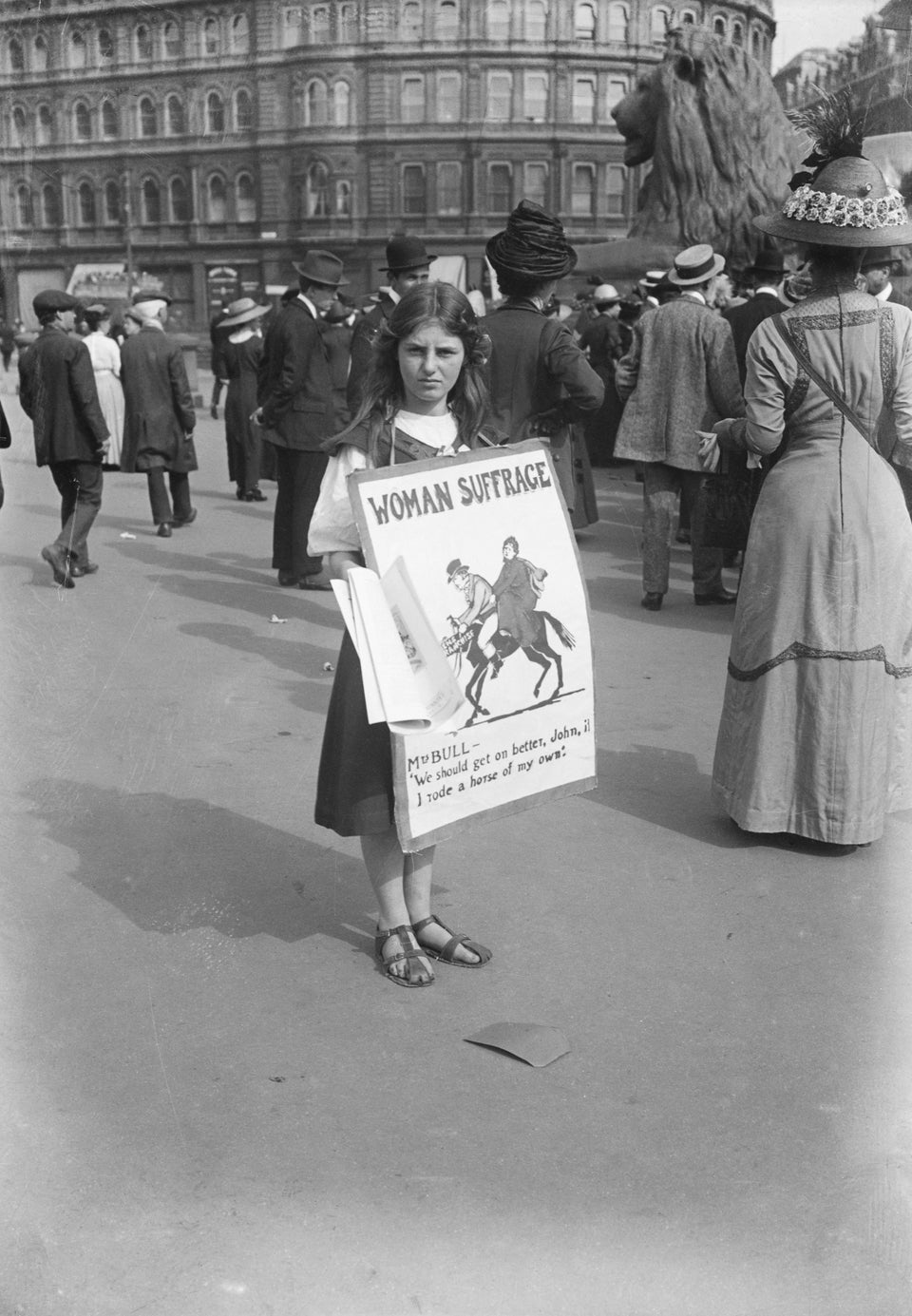On May 1, people around the world celebrate May Day, or International Workers’ Day, in honor of labor rights. Outside the United States and Canada, many take the day off work. In the U.S. this year, thousands are taking to the streets to protest President Donald Trump and support workers’ and immigrants’ rights.
Whether you honor the day at home or in the streets, there’s one thing you shouldn’t forget: Some people work hard every day and don’t get a penny for it ― and those people tend to be women.
Representing half the world population, or 3.7 billion people, women disproportionately do the work of unpaid household labor, from cooking and cleaning, to rearing kids and caring for the elderly.
“Girls spend 30 percent more time on unpaid work than boys ― from cooking to cleaning to caregiving.”
Around the world, women work more hours, but get paid less than men, according to a 2016 World Economic Forum report. The report includes the time women spend on unpaid labor ― looking at countries in the Organization for Economic Co-operation and Development (OECD), including the United States, Europe, and some countries in South America and Asia ― and finds that on average men do only 34 percent of the amount of unpaid work that women do.
This unequal division of labor starts early: Girls spend 30 percent more time on unpaid work than boys ― from cooking to cleaning to caregiving. By the time they are adults, when you count both paid and unpaid work, women work on average 50 minutes more per day than men.

This stark imbalance is evident outside the OECD as well: In sub-Saharan Africa, for instance, young girls are disproportionately tasked with fetching water for the household. One 2016 study of 24 sub-Saharan countries found that of kids who collected water, 62 percent were girls and 38 percent were boys.
This responsibility often leaves women at risk of waterborne diseases and other health issues. It also keeps women from pursuing jobs and girls from attending school.
While 75 percent of the world’s unpaid care is undertaken by women, this work is often not counted in measures of countries’ gross domestic product, according to a 2015 McKinsey report.
If it were counted, women’s unpaid work would add up to around $10 trillion per year, the group reported ― or 13 percent of global GDP.
What’s more, even when women are paid for domestic work, their contributions are undervalued: Nearly half of child care and home care workers belong to families where at least one member relies on public assistance, according to 2015 research from UC Berkeley.
When you consider that in the U.S., 95 percent of domestic workers are women and 46 percent are immigrants, it is no wonder that those taking to the streets today are protesting for workers’ and immigrants’ rights. The two go hand in hand.


